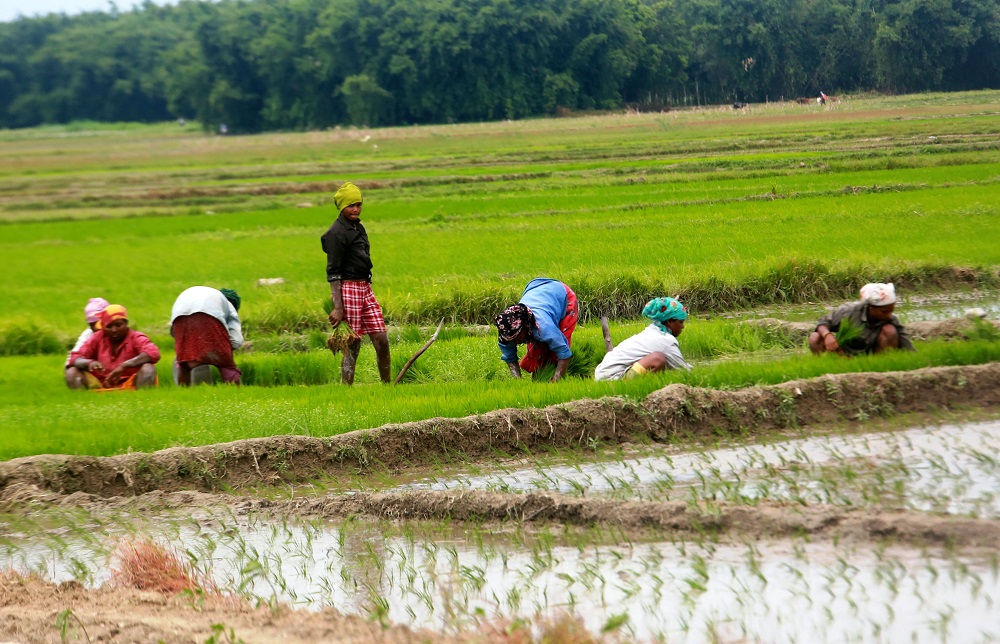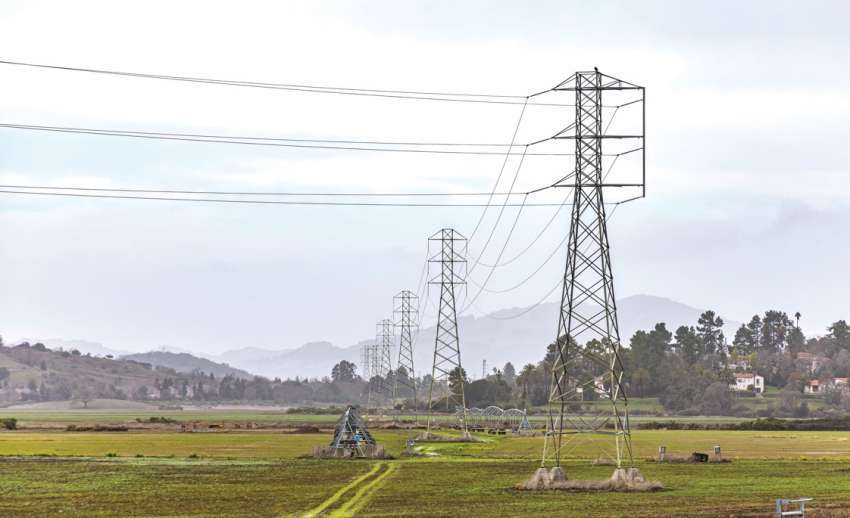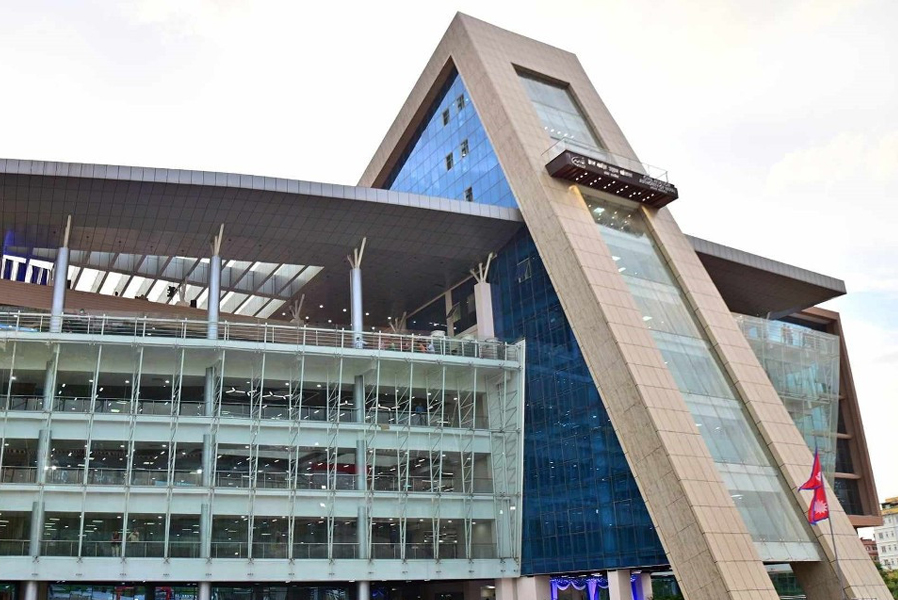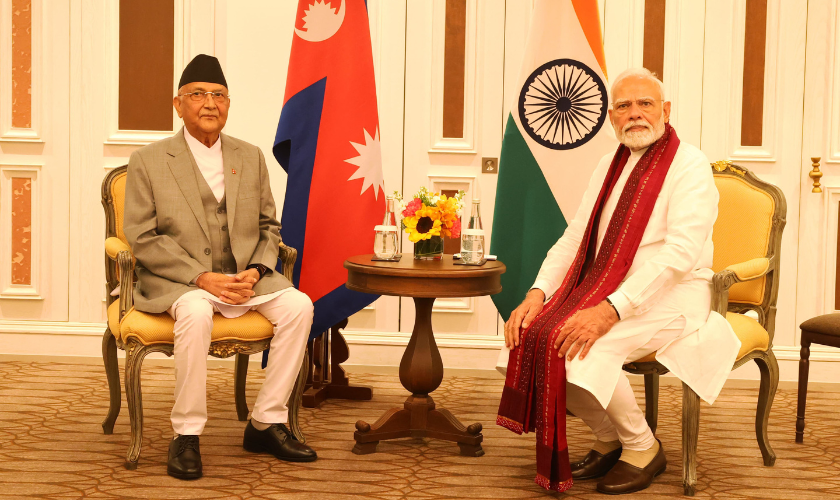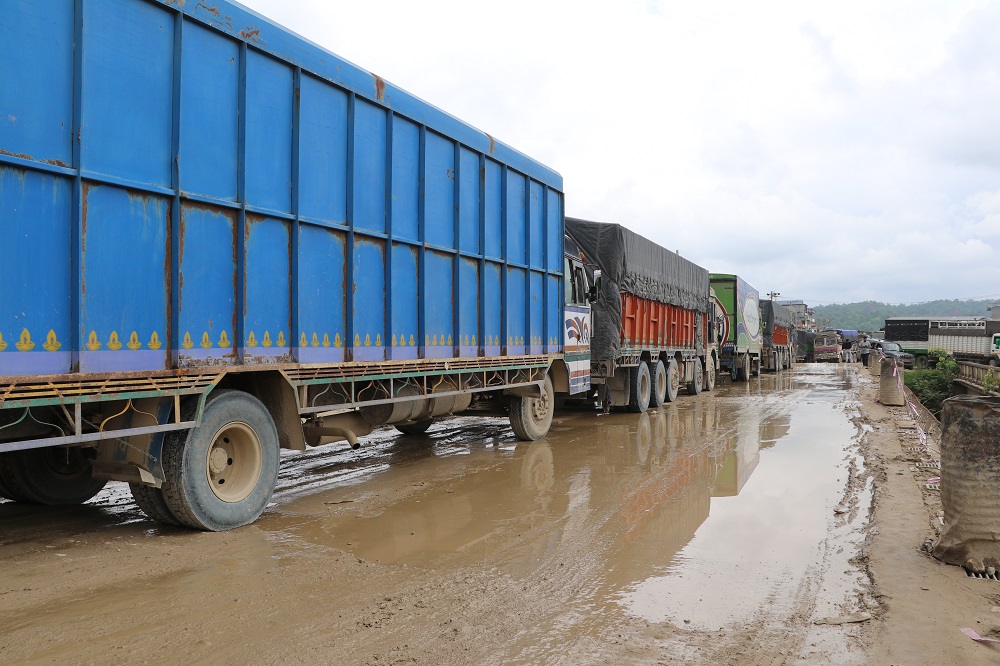Paddy plantation has been completed on 72 percent of the targeted land across the country as of the third week of July, according to the Ministry of Agriculture and Livestock Development. This marks a 12 percentage point decline compared to the same period last year.
The ministry reported that paddy has been planted on approximately 1 million hectares so far. Paddy is typically cultivated on around 1.4 million hectares nationwide.
Plantation work is still ongoing in some areas, the ministry said, based on field reports collected on Sunday.
Among the provinces, Sudurpaschim has made the most progress, completing 97 percent of its plantation target, covering around 171,000 hectares. Lumbini and Karnali provinces have each achieved 88 percent of their respective targets, according to the ministry’s Information Officer, Mahananda Joshi.
Read: Crisis in Nepal’s Grain Basket: Drought Hits Paddy Planting in Madhesh
Joshi added that the ministry expects plantation to reach 98 percent of the target by mid-August.
The Tarai region, which accounts for about 70 percent of the country’s total rice production, continues to be the most productive area for paddy cultivation, while the remaining 30 percent is contributed by the hilly regions.
In Fiscal Year 2023/24, Nepal produced 5.724 million metric tonnes of rice. However, officials noted that unfavorable weather conditions, natural disasters, excessive rainfall, and droughts have disrupted the plantation schedule in several areas this year.
The ministry said that a 10 percent change in rice output typically results in about a 1 percent fluctuation in the country’s Gross Domestic Product (GDP).
This year, total rice production is estimated to reach 6 million metric tonnes, yielding around 3.5 million metric tonnes of edible rice. -- RSS
Read: Early Monsoon Spurs Increase in Paddy Plantation across Nepal

